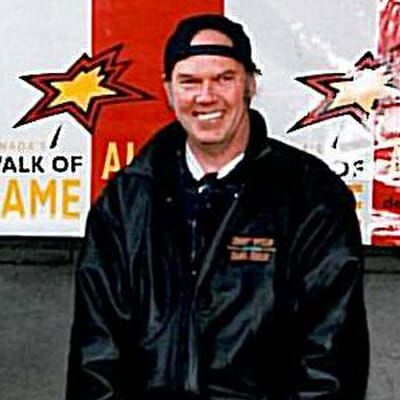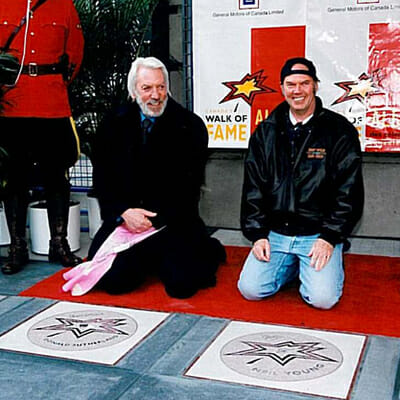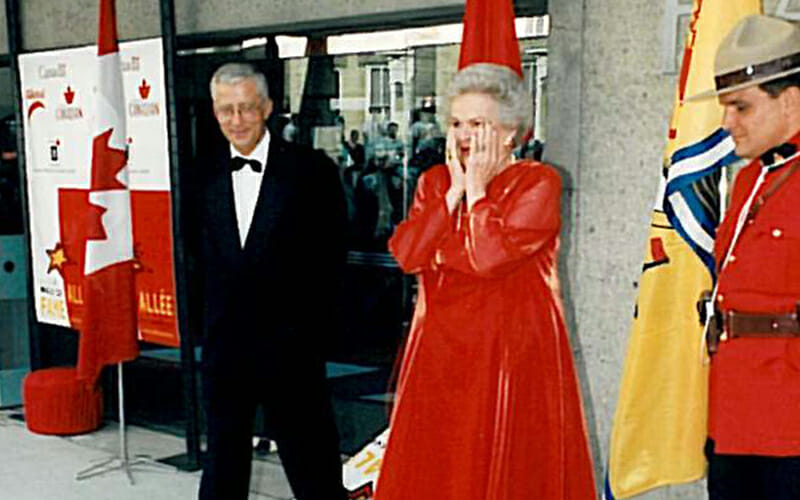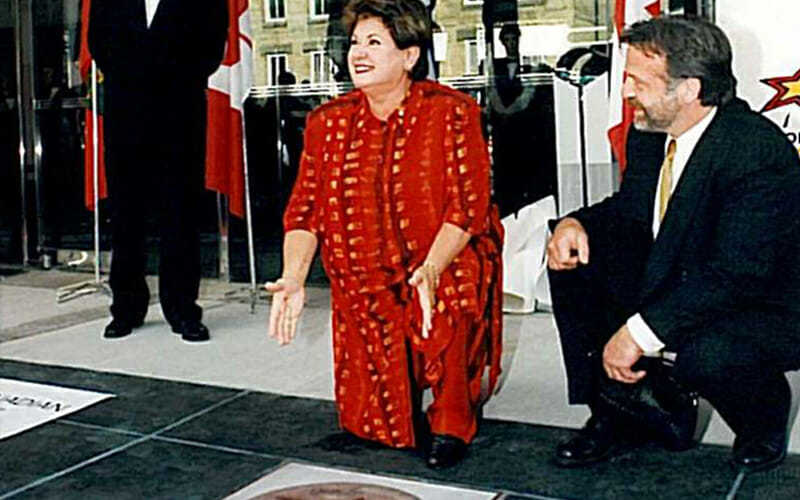Born in Toronto on November 12, 1945, the son of celebrated sports writer Scott Young, Neil moved to Winnipeg as a child, after his parents divorced. After performing with various high-school bands and folk groups, Young returned to Toronto in 1966 and, together with Rick James and Bruce Palmer, spent a brief few months recording unsuccessfully for Motown Records as the Mynah Birds. Then Young loaded up his black Buick hearse, and he and Palmer headed for Los Angeles.
Linking up with mutual friends Richard Furay and Stephen Stills, he established Buffalo Springfield, which emerged as one of the most important and influential folk-country bands of the late 1960s. Plagued by internal friction – Young himself quit twice in less than two years – the quartet split in May 1968 after recording three albums.
Young’s solo debut LP appeared in 1969. Around the same time, he began jamming with a band called the Rockets, soon re-named Crazy Horse, which provided backing for Young’s second ’69 album, Everybody Knows This Is Nowhere. It included three of his most famous compositions – “Cinnamon Girl”, “Down By The River” and “Cowgirl In The Sand”.
Early in 1970, Young decided to split his time between Crazy Horse and Crosby, Stills and Nash. His third solo album, After The Gold Rush – again backed by Crazy Horse, appeared almost simultaneously with Crosby, Stills, Nash and Young’s Déjà Vu, confirming Young’s rising star status. Two years later, with the release of the chart-topping Harvest, he was, at 26, elevated to international superstardom. The 1980s and 1990s brought Everybody’s Rockin, Harvest Moon, Old Ways, This Note’s for You, the haunting, Oscar-nominated title track from Philadelphia and much more.
Quiet, reflective, and intensely private, Young is the rare rock icon who prefers life out of the spotlight.










